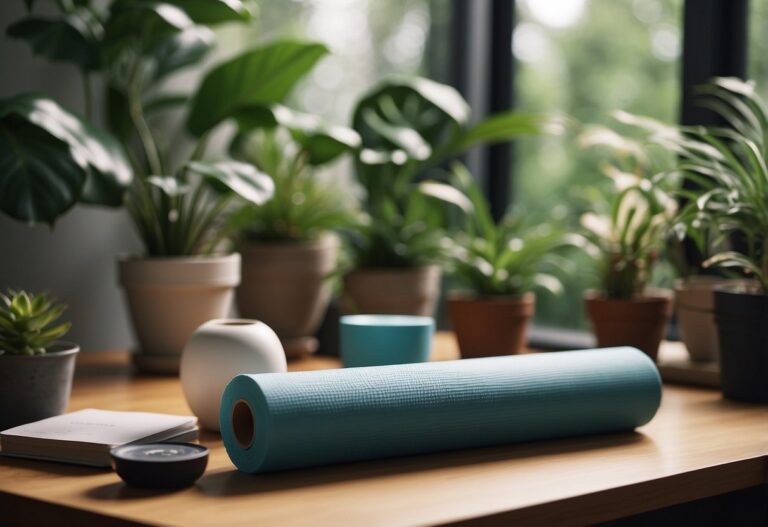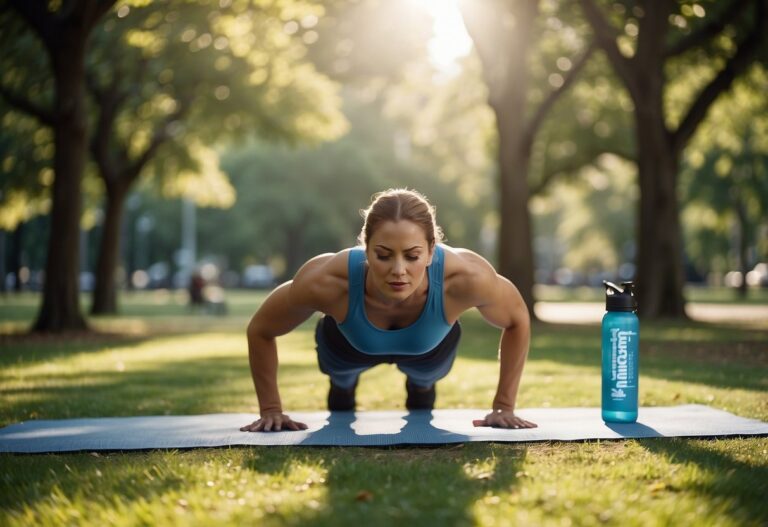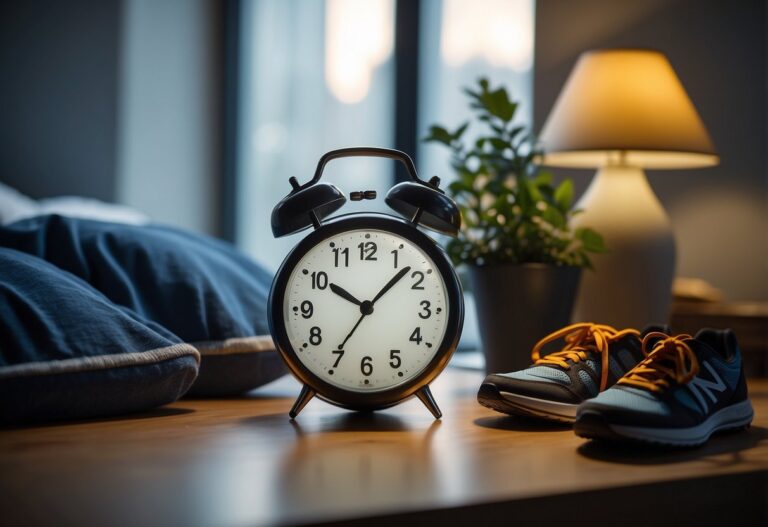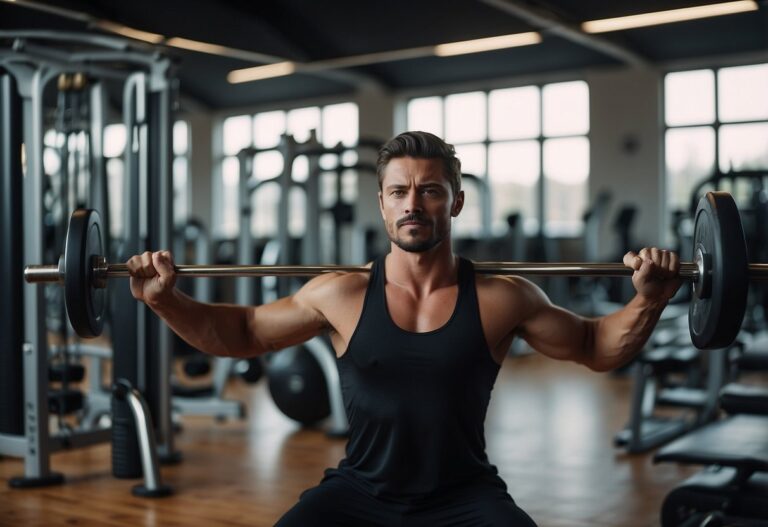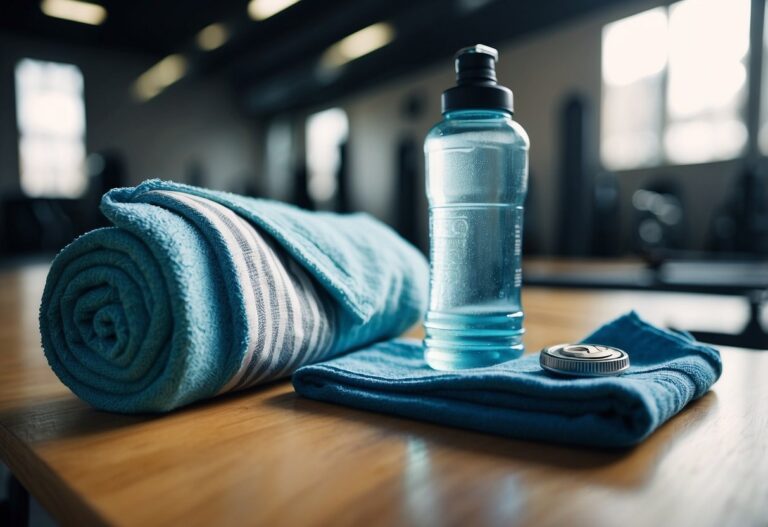Are you looking to spice up your fitness routine? Dance workouts might be just what you need. These workouts combine the fun of dancing with the benefits of exercise, making it easier to stay motivated and enjoy your fitness journey. Whether you’re a natural dancer or have two left feet, there’s a dance workout style that’s right for you.
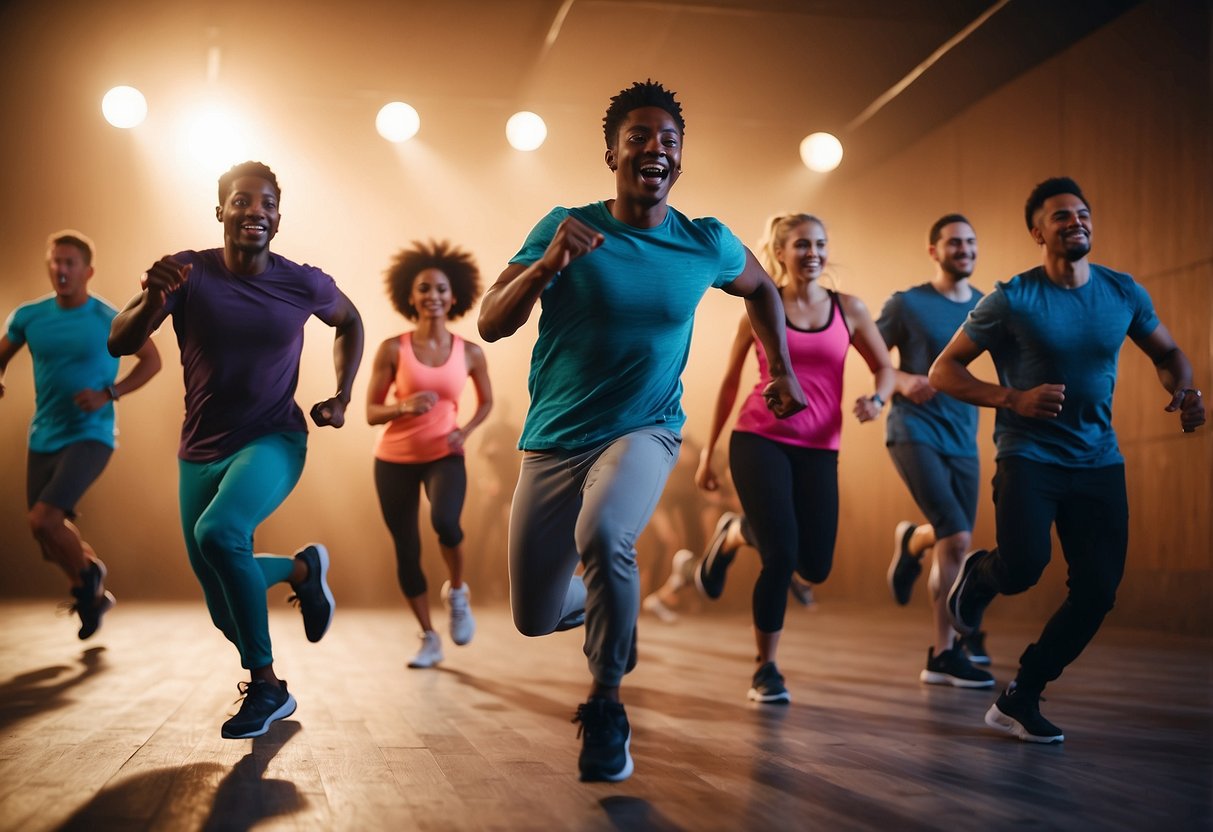
Dance workouts can boost both your physical health and mental well-being. They help build strength, flexibility, and stamina while also improving your mood and lowering stress levels. Plus, the variety of dance styles available means you’ll never run out of new moves to learn and enjoy.
Warm up properly
Warming up before dancing is essential. It helps prepare your muscles and joints for the activity ahead, reducing the risk of injury.
Start with some light cardio. Jogging in place or doing jumping jacks for about five minutes can get your blood flowing.
Perform dynamic stretches. These are stretches that involve movement. Try leg swings or arm circles to loosen up.
Use specific exercises for dance. Moves like shoulder shrugs and crab reaches can be very helpful. Check out these effective routines from Steezy.
Focus on all major muscle groups. Don’t skip any area. Even your feet and ankles need attention to ensure you’re fully prepared.
Focus on your posture
Standing tall is key in a dance workout. Align your ears, shoulders, and hips in a straight line. This creates a strong base for all your movements.
Engage your core. Draw your belly button towards your spine. This helps to stabilise your body and prevent injuries.
Roll your shoulders forward and then backward. This simple move can reset your spine and keep your shoulders flexible for arm movements.
Remember to squeeze your shoulder blades together. This engages your back muscles, helping you follow your partner’s lead better.
Focus on maintaining good posture throughout your dance routine.
Mix different dance styles

Mixing different dance styles can make your workouts more fun and effective.
Combining styles like hip-hop with salsa or ballet with jazz keeps your body guessing and challenges different muscle groups. You won’t get bored, and your skills will improve faster.
For instance, you might try a hip-hop dance fitness session, which focuses on rhythm and fast footwork. Then, switch it up with a session focused on the graceful movements of ballet.
Incorporating multiple dance styles also helps with coordination. You’ll become more agile and adaptable by learning and mastering various moves and techniques. This variety can also aid in preventing injuries, as it ensures you use your body in diverse ways.
Stay Hydrated
Staying hydrated is crucial for any dance workout. You should aim to drink about 3-3.5 litres of water daily. Keeping a water bottle nearby during your dance sessions can help you stay on track.
Drinking water isn’t just for during the session. Start hydrating a few hours before your workout. Have about 17-20 ounces of water two to three hours before you begin. This baseline helps you stay hydrated as you dance.
For recovery, milk and chocolate milk are great options. They provide not just hydration but also essential nutrients like carbohydrates and protein, contributing to muscle recovery. Consider incorporating these into your post-dance routine.
Preventing dehydration can help maintain your energy levels and avoid fatigue. Remember, keeping hydrated benefits your overall performance and endurance. For more tips on hydration for dancers, visit this helpful guide.
Use Proper Footwear
Wearing the right footwear is essential for a dance workout. Your dance shoes need to provide support and cushioning. This helps protect your feet during intense movements. Proper footwear can prevent injuries and even improve your performance.
Think about the type of dance class you attend. Different styles need different shoes. For example, ballet dancers wear slippers, while jazz dancers often use split-sole shoes.
Avoid wearing casual shoes like flip flops or slip-ons. They do not offer the required support. Choose shoes specifically designed for the type of dance you’re doing. This ensures you can move comfortably and safely.
Listen to Your Body

When doing dance workouts, it’s important to listen to your body. If you feel any pain or discomfort, don’t push through it; instead, take a break and let yourself recover.
Pay attention to your energy levels. On days when you feel more tired, consider opting for a lighter routine or resting.
Staying hydrated can also help you feel better during your workouts. Be sure to drink water before, during, and after your dance sessions.
Remember, it’s okay to modify movements. Find what works for you and enjoy the process. Listening to your body will help you stay safe and make dancing more fun.
Incorporate Strength Training

Adding strength training to your dance routine can boost your overall performance. Strong muscles help you execute movements with control and precision.
Focus on exercises like squats and lunges to build leg strength. These movements support jumps and other dance techniques.
Don’t forget your core. Planks and sit-ups improve stability, which is key for balance in dance routines.
Exercises for your upper body are also important. Push-ups and arm raises help with lifts and arm movements.
Strength training doesn’t need to be long. Just 10-20 minutes a few times a week can make a big difference.
Cool Down After Workout
After an intense dance workout, cooling down is essential. It helps your body transition back to a resting state.
Begin with light jogging or walking. Spend 3 to 5 minutes jogging lightly, then walk briskly for another 3 to 5 minutes. This gradually lowers your heart rate.
Next, try a spinal stretch. Lie on your back and pull your knees to your chest, hands behind your knees. This is simple yet effective.
For a deeper stretch, you can do a seated hamstring stretch. Extend one leg in front of you and bend forward. Switch legs after a few seconds.
Remember, these cool-down exercises will make your muscles feel relaxed and less sore the next day!
Learn from Professional Dancers
Watch professional dancers whenever you can. Observing their movements can teach you a lot. You can attend dance performances or watch videos online.
Talk to professional dancers if you have the chance. Ask them questions about their routines and techniques. You might learn some valuable tips.
Even watching your friends in dance class helps. Often, a correction given to them can also apply to you.
Set achievable goals
Setting goals is important for your dance workout journey. Make sure your goals are SMART: Specific, Measurable, Achievable, Relevant, and Time-bound.
First, know what you want to achieve. For example, aim to learn a new dance routine in two weeks.
Next, keep track of your progress. Write down your goals and note your improvements. This way, you can see how far you’ve come.
Be realistic. Don’t expect to master complex moves overnight. Instead, set small goals such as perfecting a single step or improving your stamina over a month.
By setting achievable goals, you can stay motivated and see real improvements in your dance workouts.
The Benefits of Dance Workouts
Dance workouts offer numerous benefits that improve both physical and mental well-being. They enhance cardiovascular health, improve coordination and balance, and provide significant mental health advantages.
Improved Cardiovascular Health
Dancing is a fantastic cardio workout. It gets your heart pumping and helps improve your heart health. Engaging in dance workouts can reduce the risk of heart disease. A dance session can burn just as many calories as other high-intensity workouts.
For example, a 155-pound person burns around 223 calories in 30 minutes of fast-paced dancing. Compare this to the 149 calories burned while walking at 3.5 mph. Regular dance workouts keep your heart and lungs in top shape.
Enhanced Coordination and Balance
Dancing requires precise movements and timing. This constant need to control your body helps improve your coordination and balance. Practising dance routines can also enhance your reflexes and reaction times.
Even beginners can benefit. Starting with simple steps, as advised by fitness experts, ensures that you build these skills gradually. This improvement in coordination is especially beneficial as you age, helping to prevent falls and injuries. Whether it’s ballroom dancing or a high-energy Zumba class, the benefits are clear.
Mental Health Benefits
Engaging in dance workouts can significantly boost your mood and mental health. Dancing releases endorphins, which are chemicals in your brain that make you feel happy. This release helps reduce stress and anxiety.
Dance workouts also offer a social aspect. Taking a class or dancing with friends can help you feel more connected and less isolated. According to health experts, the focus and discipline required for dance can increase mindfulness and reduce symptoms of depression. So, whether you are dealing with stress or just need a mental lift, dance workouts are a great option.
By incorporating dance workouts into your routine, you can enjoy these vital benefits and improve your overall well-being.
How to Prepare for a Dance Workout
Preparation is crucial for a successful dance workout. To get the best results, focus on wearing the right footwear, warming up thoroughly, and staying hydrated. These steps will help you perform better and reduce the risk of injury.
Choosing the Right Footwear
Choosing the right shoes is vital to keep your feet comfortable and prevent injuries. Dance-specific shoes, like jazz sneakers or ballroom shoes, offer the best support. They are designed to handle the twists and turns involved in dancing.
Avoid wearing regular trainers, as they can restrict your movement and increase the risk of sprains. Look for shoes that offer a balance of grip and smoothness, allowing you to pivot without slipping. Your shoes should also provide good arch support and cushioning to absorb the impact of jumps and steps.
Finally, make sure your shoes fit well. Shoes that are too tight can cause blisters, while loose shoes can lead to trips and falls.
Warming Up Effectively
A proper warm-up is essential to prepare your muscles and joints for the workout. Begin with light cardio exercises like jogging in place or jumping jacks for about five minutes. This increases your heart rate and blood flow to the muscles.
Next, do dynamic stretches such as leg swings, arm circles, and torso twists. These movements help to loosen joints and improve flexibility. Focus particularly on the muscles you’ll use the most during your dance routine, such as the calves, hamstrings, and shoulders.
Additionally, incorporate some dance-specific warm-up moves. If you’re doing a hip-hop workout, try some basic steps to get into the groove. For ballet, practise some plies and tendus. Warming up effectively reduces the risk of strains and sprains, and helps you perform at your best.
Staying Hydrated
Staying hydrated is crucial for maintaining your energy and performance levels. Always have a bottle of water handy and take small sips throughout your dance workout. Dehydration can lead to fatigue, muscle cramps, and dizziness, which can seriously affect your workout.
Before starting, drink a glass of water. During the workout, continue to hydrate, especially if you’re sweating a lot. Avoid sugary drinks and caffeine, as they can cause dehydration. If you find plain water too boring, try adding a slice of lemon or cucumber for a light, refreshing flavour.
Listening to your body is key. If you feel thirsty, take a break and drink some water. Proper hydration will help you dance more efficiently and recover faster after your workout.
Common Dance Workout Moves

Mastering common dance workout moves can make your exercise routine more effective and enjoyable. You’ll learn some basic dance steps and popular moves that offer various health benefits such as improved coordination and cardiovascular health.
Basic Dance Steps
Starting with the basics is essential. Step touches, for example, involve stepping from side to side while tapping the other foot, helping with balance and coordination. Grapevines are another simple move where you step to the side, cross one foot behind the other, and then step out to the side again. This move works your legs and improves lateral movement.
Knee lifts are a straightforward exercise. You lift one knee towards your chest, then alternate with the other knee. They are great for engaging your core and boosting heart rate. Box steps involve stepping forward and back in a square pattern, which helps with coordination and lower body strength.
Learning these basic steps can build a solid foundation for more complex moves. They’re easy to follow and can be incorporated into any dance workout routine.
Popular Moves and Their Benefits
Once you’re comfortable with the basics, you can move on to more popular moves like shimmies and body rolls. Shimmies, where you shake your shoulders back and forth rapidly, are great for your upper body and improve your chest and shoulder flexibility. Body rolls involve rolling your torso from the chest to the hips in a wave-like motion, which enhances mobility and flexibility.
Hip-hop dance moves such as popping and locking can also be included. Popping involves quickly contracting and relaxing muscles to create a jerky, snapping motion, which strengthens your muscles and improves rhythm. Locking, characterised by sudden pauses that come after fast movements, boosts your speed and control.
A salsa dance workout with moves like the basic salsa step can improve cardiovascular health and stamina. This step involves shifting your weight from one foot to the other, forward and back or side to side, while turning your hips.
These popular moves not only make your workout fun but also contribute to different aspects of physical fitness such as strength, flexibility, and heart health.



